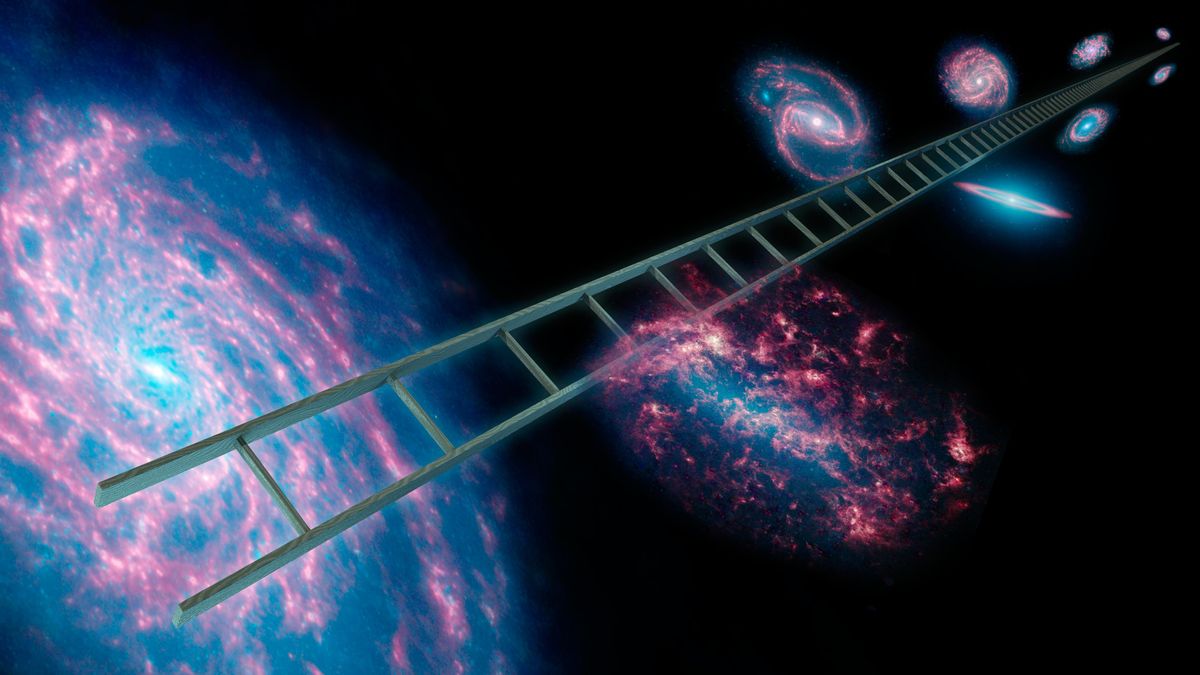The Puzzling Hubble Tension Unveiled by the James Webb Space Telescope
The James Webb Space Telescope (JWST) recently conducted a thorough examination of the measurements obtained by its predecessor, the iconic Hubble Space Telescope. The results of this comparison shed light on an intriguing cosmic mystery pertaining to the universe’s expansion rate, known as the “Hubble tension.”
The Divergent Measurements
At the core of this astronomical enigma lies the discrepancy in the estimation of the expansion rate of the universe, quantified by a parameter called the Hubble constant. On one hand, data derived from the cosmic microwave background (CMB) radiation points to a current expansion rate of approximately 67.8 kilometers per second per megaparsec. Conversely, utilizing the cosmic distance ladder method, involving celestial landmarks like Cepheid variable stars and Type Ia supernovas, yields a substantially higher Hubble constant of around 73.2 kilometers per second per megaparsec.
The Hubble Tension Conundrum
The incongruity between these two measurement techniques has puzzled cosmologists, leading to the emergence of the Hubble tension phenomenon. The disparity in the calculated expansion rates poses a significant challenge to our understanding of the universe’s fundamental properties. Various hypotheses have been proposed to resolve this conundrum, with some speculating that novel physical principles might be required to elucidate this cosmic inconsistency.
Unveiling Astronomical Truths
Recent observations conducted by the James Webb Space Telescope on a selection of galaxies housing more than a thousand Cepheid variables have provided valuable insights. By leveraging its advanced infrared capabilities and enhanced resolution, the JWST managed to clarify and validate the measurements conducted by the Hubble Space Telescope. This meticulous analysis has effectively dispelled concerns regarding potential errors in the lower rung of the cosmic distance ladder, reaffirming the accuracy of Hubble’s initial findings.
The precise scrutiny of these distant galaxies, including NGC 5468 at a staggering distance of 130 million light-years, has not only corroborated previous measurements but also accentuated discrepancies in the estimates of the Hubble constant. By diminishing the impact of measurement errors, the research team led by Adam Riess from Johns Hopkins University has paved the way for potentially groundbreaking revelations regarding our comprehension of the universe.
These significant findings, published in The Astrophysical Journal Letters, mark a crucial step towards unraveling the mysteries underlying the Hubble tension. The implications of this research extend far beyond the realm of astrophysics, offering a tantalizing glimpse into the intricate fabric of the cosmos.
Image/Photo credit: source url





